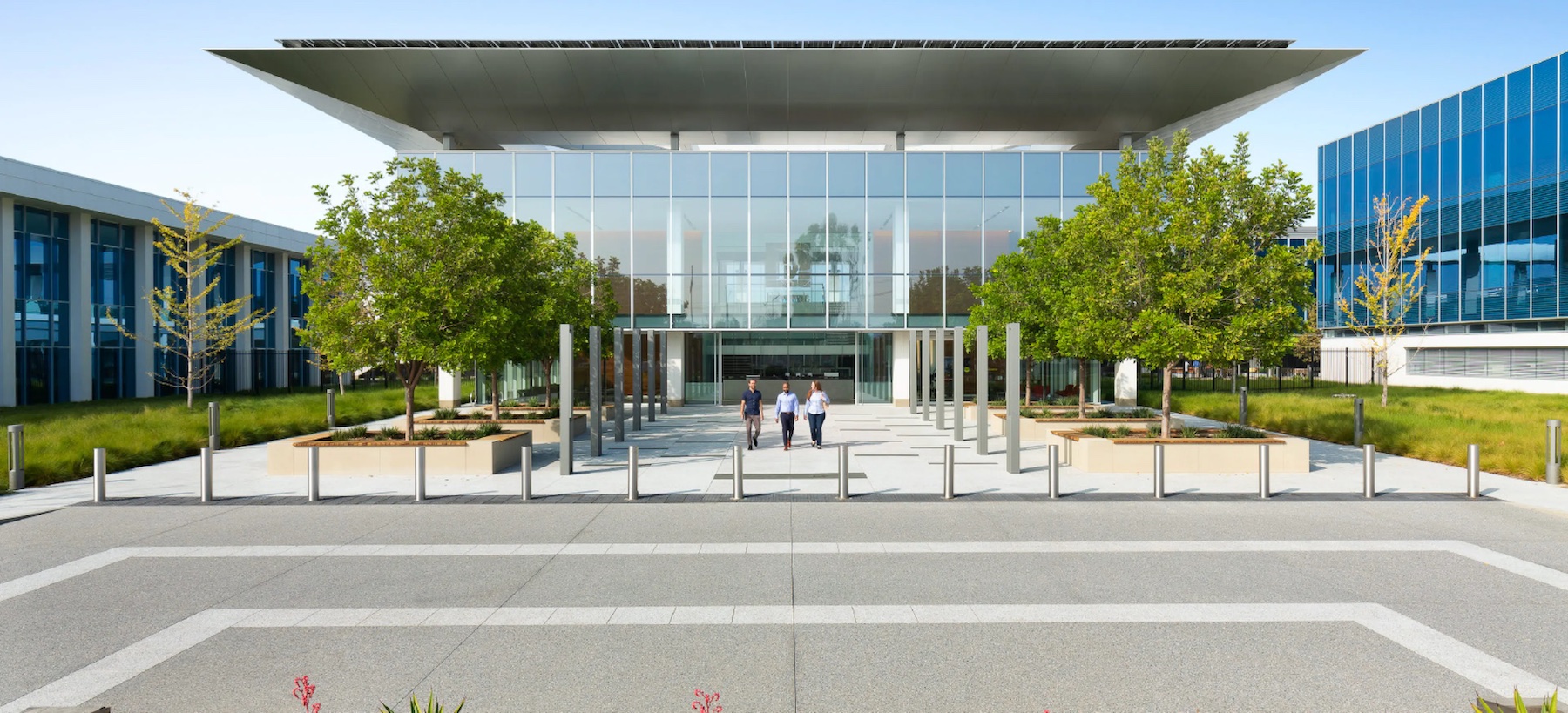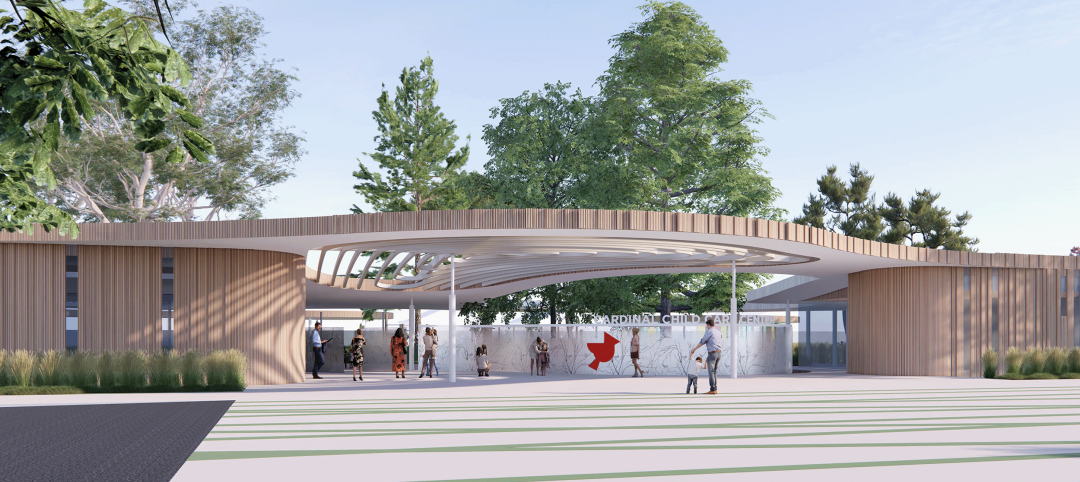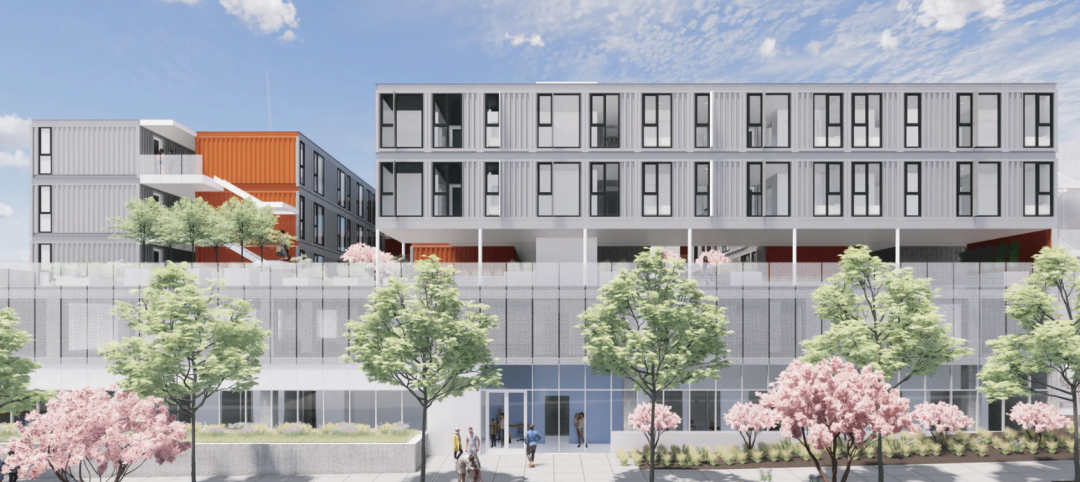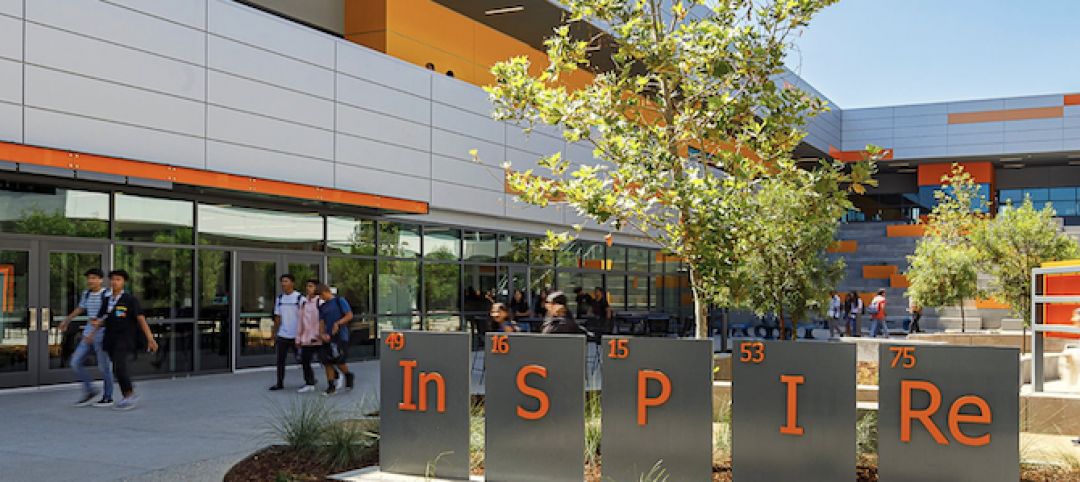As we enter the next phase of our fight against climate change, I am cautiously optimistic about our sustainable future and the design industry’s ability to affect what the American Institute of Architects (AIA) calls the biggest challenge of our generation.
I’m optimistic because, for the first time, I have clients who are saying this is something they want to do. We no longer have to sell them on the benefits and importance of sustainability measures. Schools are asking us how to design net zero campuses. Corporations want information on electrification and carbon emission reductions. They know it’s in their best interest to look at these things now — the general public and investors are demanding that the industry address ESG (environmental, social and governance) goals.
At the same time, I’m concerned that the industry is not moving fast enough. The AEC industry has always been slow to react, and, unfortunately, we’re repeating history.
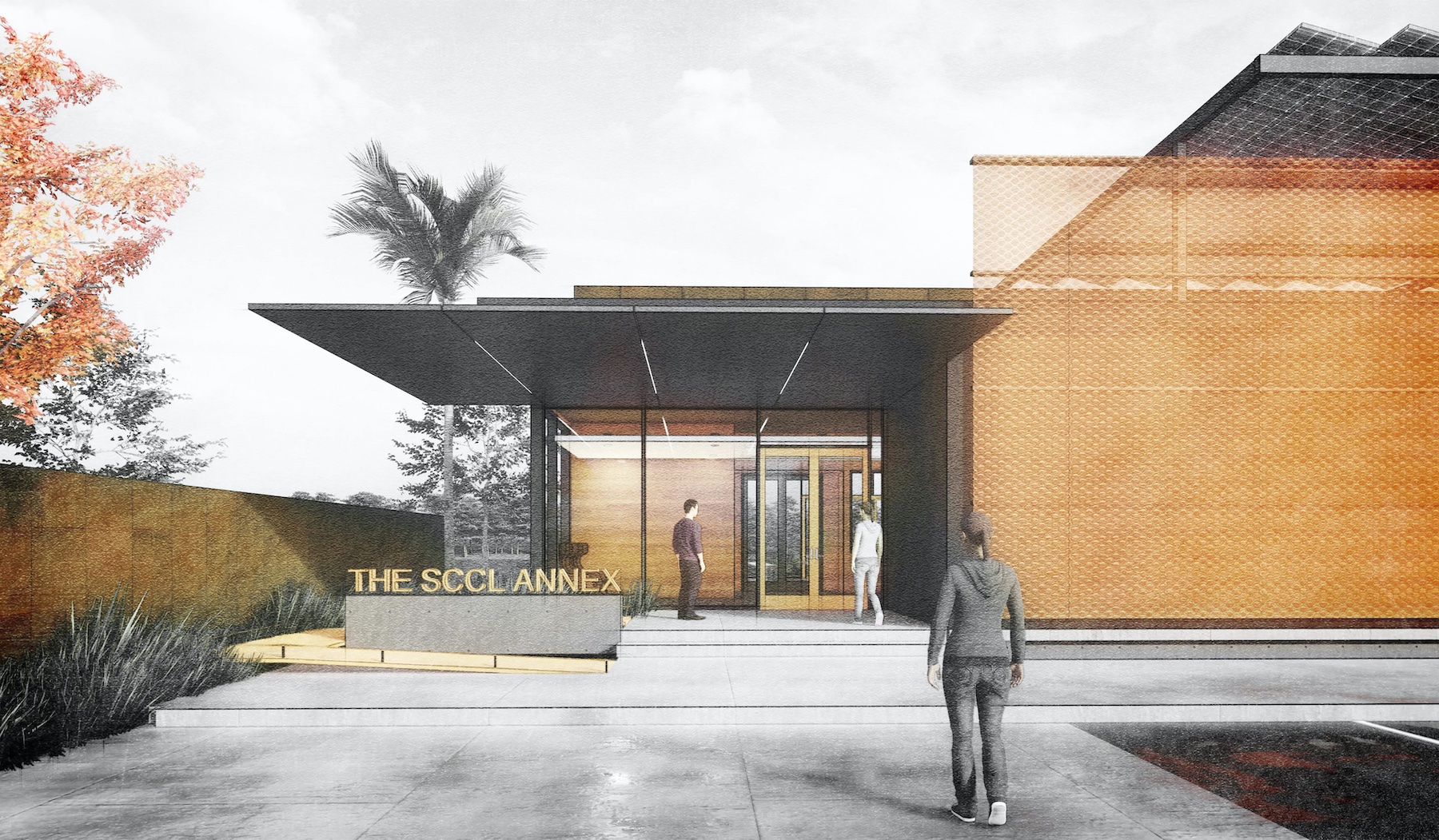
We are at a point when being “less bad” is not good enough. Our design and construction process can’t simply be about reducing the potential harm; we must be part of the solution. Aiming for “less bad” can’t be standard practice. Incremental changes won’t get us over the next hurdles. It must be a revolutionary change. The time for incremental steps is over.
The AEC industry must create projects that contribute to a more sustainable future. Our work should aspire to enhance our environment and make a positive impact, not simply to decrease the damage of our work. We need to embrace and promote an integrated design process, giving engineers, landscape architects, interior designers, builders and clients a seat at the table from the very beginning of the process.
Collaboration is the only way to achieve meaningful results that are needed to achieve:
- Net zero energy use
- Deep reductions in embodied carbon
- Elimination of fossil fuels
- Carbon sequestration
- Habitat restoration
The only way we are going to make a real difference is with scale — not just a handful of projects. We must be purposeful in finding sustainable strategies for every project. As an industry we need to be consistent and ruthless in making energy efficiency and carbon emission reductions a measure of design excellence.
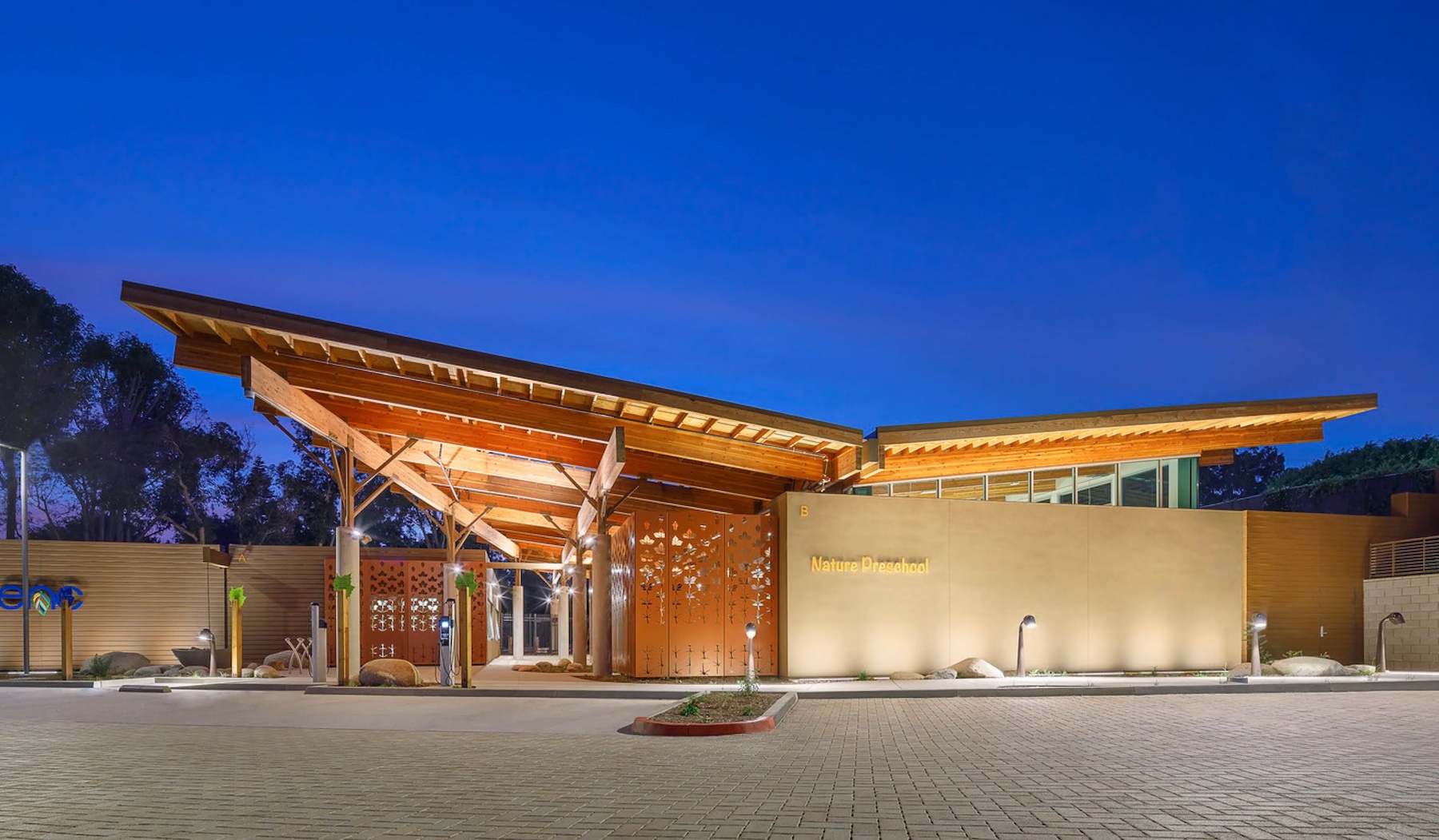
Here are three areas where the industry and policy changes can make a difference:
AIA COTE AWARDS
This award program is meant to promote and hold out as an example the 10 best sustainably designed projects created by AIA members each year. Yet year after year many of the winning projects don’t meet the AIA 2030 Commitment for predicted energy performance. This disconnect sends mixed messages. All AIA awards programs should adopt the 2030 Commitment as a minimum requirement for award criteria. We all know the excuses for not doing it: Clients don’t care about the 2030 Commitment; small firms might lose opportunities. We don’t need excuses now; we need action. This is an area that architects can control, and we need to show leadership.
LEED ENERGY EFFICIENCY
This is another area where an industry-focused organization can make changes that would greatly improve energy efficiency. The recently released LEED version 4.1 talks a good game, but the energy efficiency requirements are sadly out of step with where the industry can and should be. It is still possible to complete a LEED-certified building with only marginally better energy performance than code minimum energy efficiency standards. That isn’t moving the needle.
GOVERNMENT REQUIREMENTS
As an industry, this is sensitive territory. But only updated building codes will really push the industry to do better. We should support stronger codes that require change. It’s unbelievable that in 2022 we still have eight states that do not have statewide energy codes for building construction. Of the 42 that do, only five states have adopted codes in line with ASHRAE 90.1-2019 requirements for energy efficiency. Unfortunately, a project that meets those “stricter” energy code requirements is estimated to be 52% better than the CBECS benchmark that the 2030 Commitment is based on.
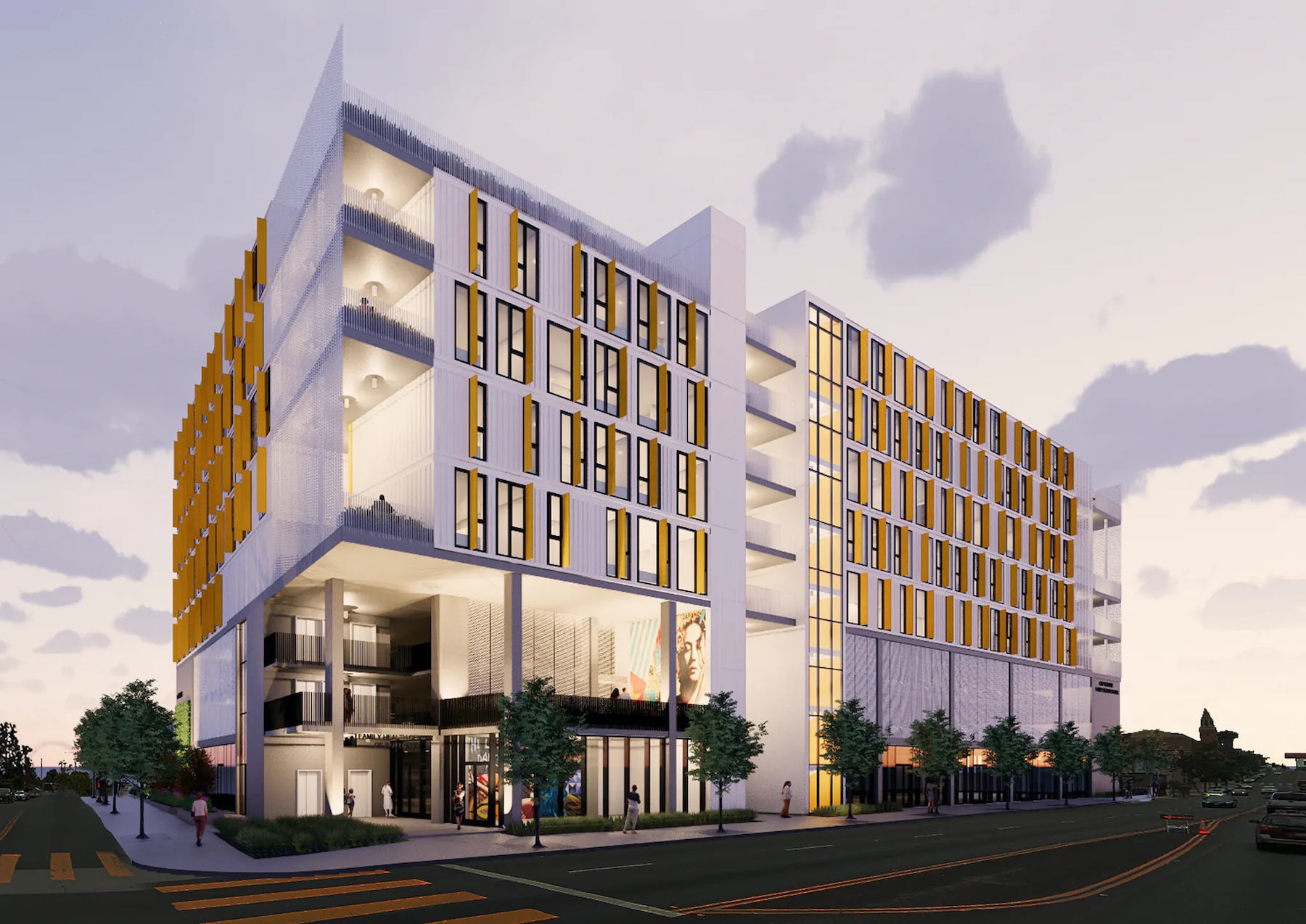
That is not good enough.
It’s time for regulations to push for building electrification, increased performance requirements for new construction and incentives to reuse and upgrade existing structures. As long as codes are not in step with the industry’s carbon reduction goals we will never hit the aggressive target the 2030 Commitment has set.
Now is the time: everyone understands the goals and the urgency. But we still need to take bold action as an industry if we are going to achieve significant change.
More from Author
LPA | Aug 26, 2024
Windows in K-12 classrooms provide opportunities, not distractions
On a knee-jerk level, a window seems like a built-in distraction, guaranteed to promote wandering minds in any classroom or workspace. Yet, a steady stream of studies has found the opposite to be true.
LPA | May 13, 2024
S.M.A.R.T. campus combines 3 schools on one site
From the start of the design process for Santa Clara Unified School District’s new preK-12 campus, discussions moved beyond brick-and-mortar to focus on envisioning the future of education in Silicon Valley.
LPA | Mar 28, 2024
Workplace campus design philosophy: People are the new amenity
Nick Arambarri, AIA, LEED AP BD+C, NCARB, Director of Commercial, LPA, underscores the value of providing rich, human-focused environments for the return-to-office workforce.
LPA | Feb 8, 2024
LPA President Dan Heinfeld announced retirement
LPA Design Studios announced the upcoming retirement of longtime president Dan Heinfeld, who led the firm’s growth from a small, commercial development-focused architecture studio into a nation-leading integrated design practice setting new standards for performance and design excellence.
LPA | Mar 2, 2023
The next steps for a sustainable, decarbonized future
For building owners and developers, the push to net zero energy and carbon neutrality is no longer an academic discussion.
LPA | Dec 20, 2022
Designing an inspiring, net zero early childhood learning center
LPA's design for a new learning center in San Bernardino provides a model for a facility that prepares children for learning and supports the community.
LPA | Aug 9, 2022
Designing healthy learning environments
Studies confirm healthy environments can improve learning outcomes and student success.
LPA | Jul 6, 2022
The power of contextual housing development
Creating urban villages and vibrant communities starts with a better understanding of place, writes LPA's Matthew Porreca.
LPA | Mar 21, 2022
Finding the ROI for biophilic design
It takes more than big windows and a few plants to create an effective biophilic design.
LPA | Apr 28, 2021
Did the campus design work?
A post-occupancy evaluation of the eSTEM Academy provides valuable lessons for future campuses.

